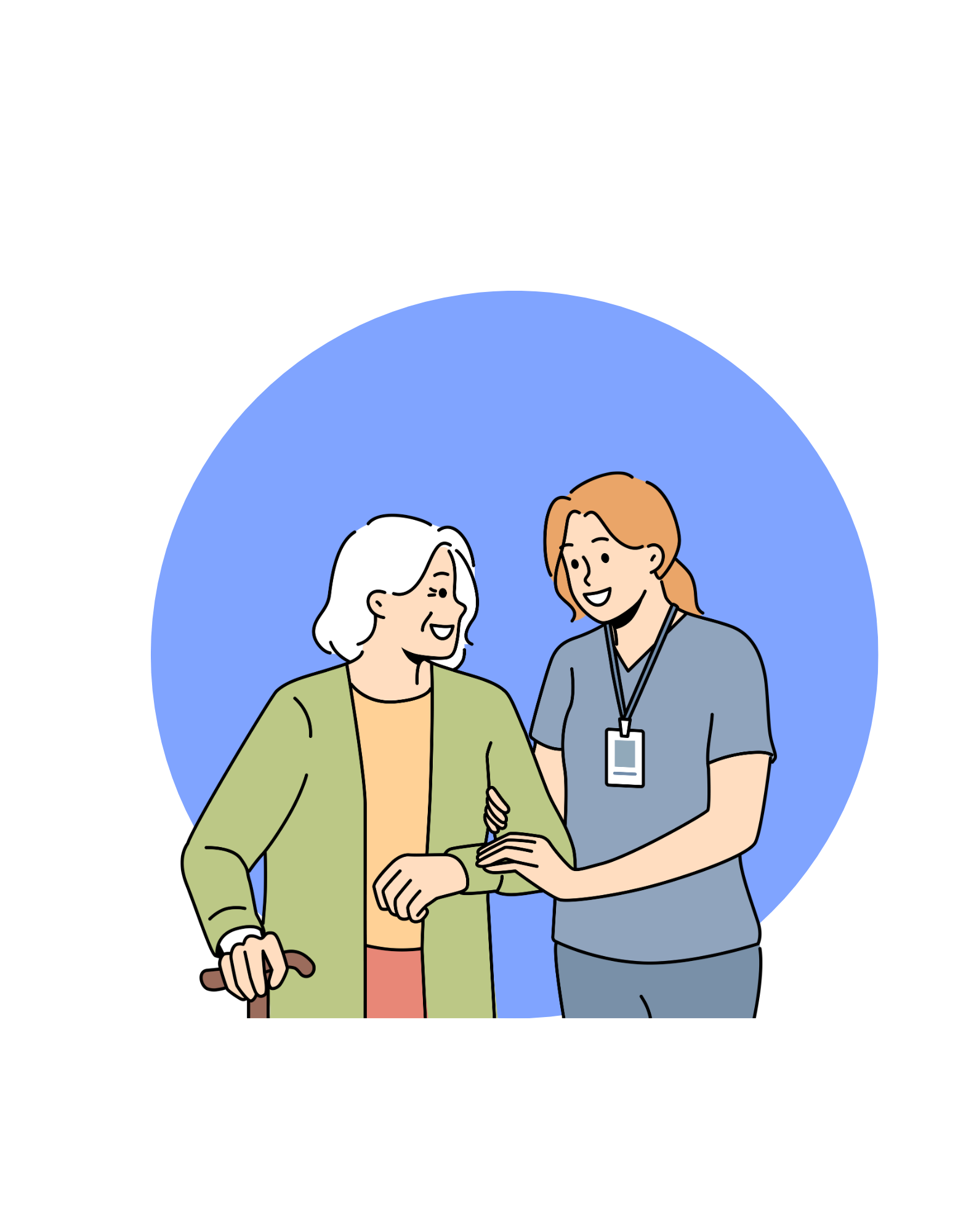Introduction
Cervical pain, commonly known as neck pain, is one of the most prevalent musculoskeletal complaints affecting people of all ages. With increasing screen time, poor posture, and sedentary lifestyles, cervical pain has become a modern epidemic. Physiotherapy plays a crucial role in managing and preventing cervical pain by improving mobility, reducing stiffness, and strengthening neck muscles.
What is Cervical Pain?
Cervical pain refers to discomfort or stiffness in the neck region, often radiating to the shoulders, upper back, or even the arms. It may be acute (lasting a few days to weeks) or chronic (persisting for more than three months). The pain can result from various factors, including poor posture, muscle strain, degenerative conditions, and injuries.
Common Causes of Cervical Pain
1. Poor Posture
- Prolonged use of smartphones, laptops, and tablets (“tech neck”)
- Incorrect sleeping positions
- Slouched sitting posture
2. Muscle Strain and Overuse
- Repetitive movements leading to muscle fatigue
- Carrying heavy bags on one shoulder
- Sudden jerks or improper weightlifting techniques
3. Degenerative Conditions
- Cervical spondylosis (age-related wear and tear)
- Herniated cervical disc
- Osteoarthritis of the cervical spine
4. Injuries and Trauma
- Whiplash from accidents
- Sports-related neck injuries
- Falls causing cervical spine damage
5. Underlying Medical Conditions
- Cervical radiculopathy (nerve compression)
- Fibromyalgia
- Rheumatoid arthritis
Symptoms of Cervical Pain
- Stiffness and reduced range of motion
- Pain that worsens with movement or prolonged sitting
- Headaches originating from the neck
- Tingling or numbness in arms (if nerves are affected)
- Muscle spasms or weakness in the shoulders
- Clicking or grinding sensation in the neck (crepitus)
Physiotherapy Management for Cervical Pain
Physiotherapy is highly effective in alleviating cervical pain, improving flexibility, and preventing future occurrences.
1. Postural Corrections
- Ergonomic adjustments for desk work
- Using a supportive pillow while sleeping
- Maintaining a neutral neck position while using electronic devices
2. Stretching and Strengthening Exercises
- Neck Stretches: Chin tucks, side stretches, and upper trapezius stretches
- Isometric Neck Exercises: Pressing against resistance to strengthen deep neck muscles
- Shoulder and Upper Back Strengthening: Scapular retractions, resistance band exercises
3. Manual Therapy Techniques
- Myofascial release to relieve muscle tension
- Joint mobilization for improved neck flexibility
- Trigger point therapy for pain relief
4. Electrotherapy Modalities
- TENS (Transcutaneous Electrical Nerve Stimulation) for pain relief
- Ultrasound therapy to reduce inflammation
- Dry needling for muscle relaxation
5. Lifestyle Modifications
- Reducing screen time and taking frequent breaks
- Practicing stress management techniques like yoga and meditation
- Staying hydrated and maintaining a balanced diet
Prevention Tips for Cervical Pain
✔ Maintain proper posture while sitting and standing ✔ Avoid carrying heavy bags on one side ✔ Engage in regular neck and shoulder exercises ✔ Adjust computer screens to eye level ✔ Get a professional ergonomic assessment for your workspace ✔ Sleep on a supportive pillow and mattress
When to Seek Professional Help?
Consult a physiotherapist if:
- The pain persists for more than a few weeks
- There is radiating pain, numbness, or tingling in the arms
- Neck stiffness is severe and limits movement
- There is a history of injury or trauma
Conclusion
Cervical pain can significantly impact daily life, but with the right physiotherapy interventions, it can be managed effectively. At MyPhysioVibes, our expert physiotherapists provide personalized treatment plans to relieve pain, improve posture, and prevent recurrence. Book your appointment today and take the first step towards a pain-free life!


